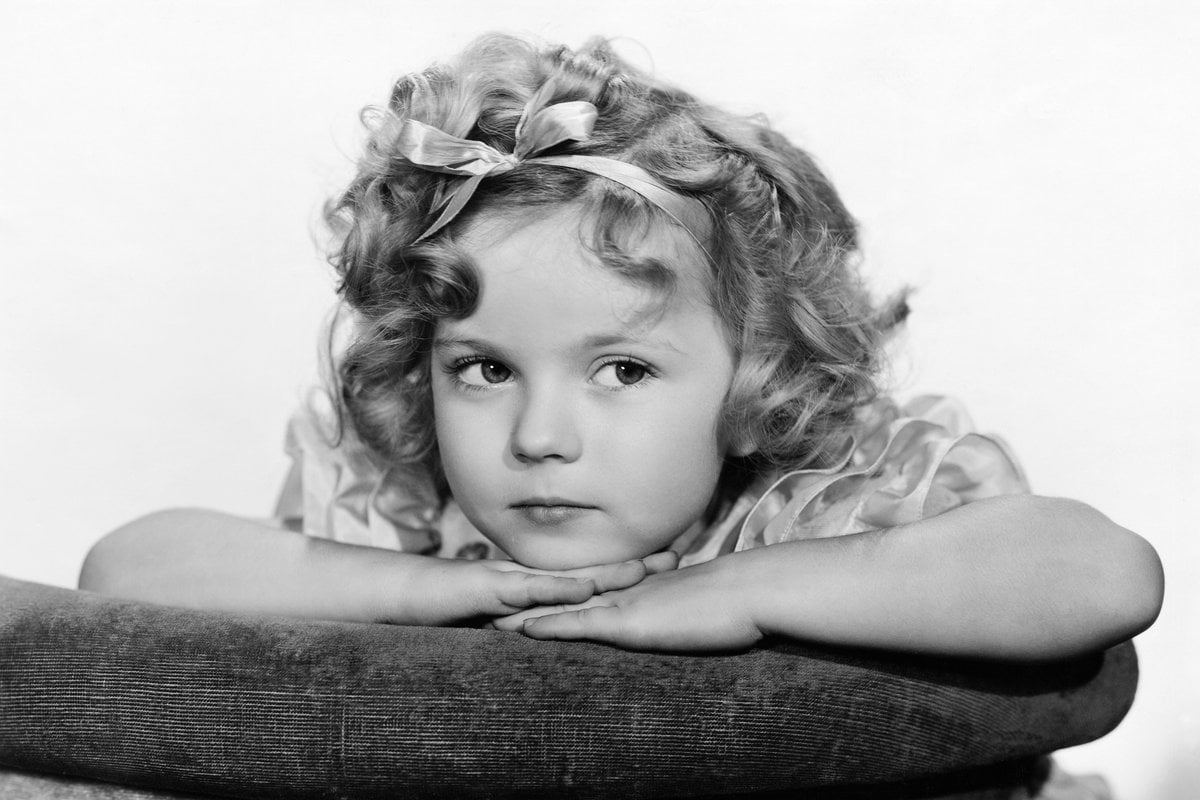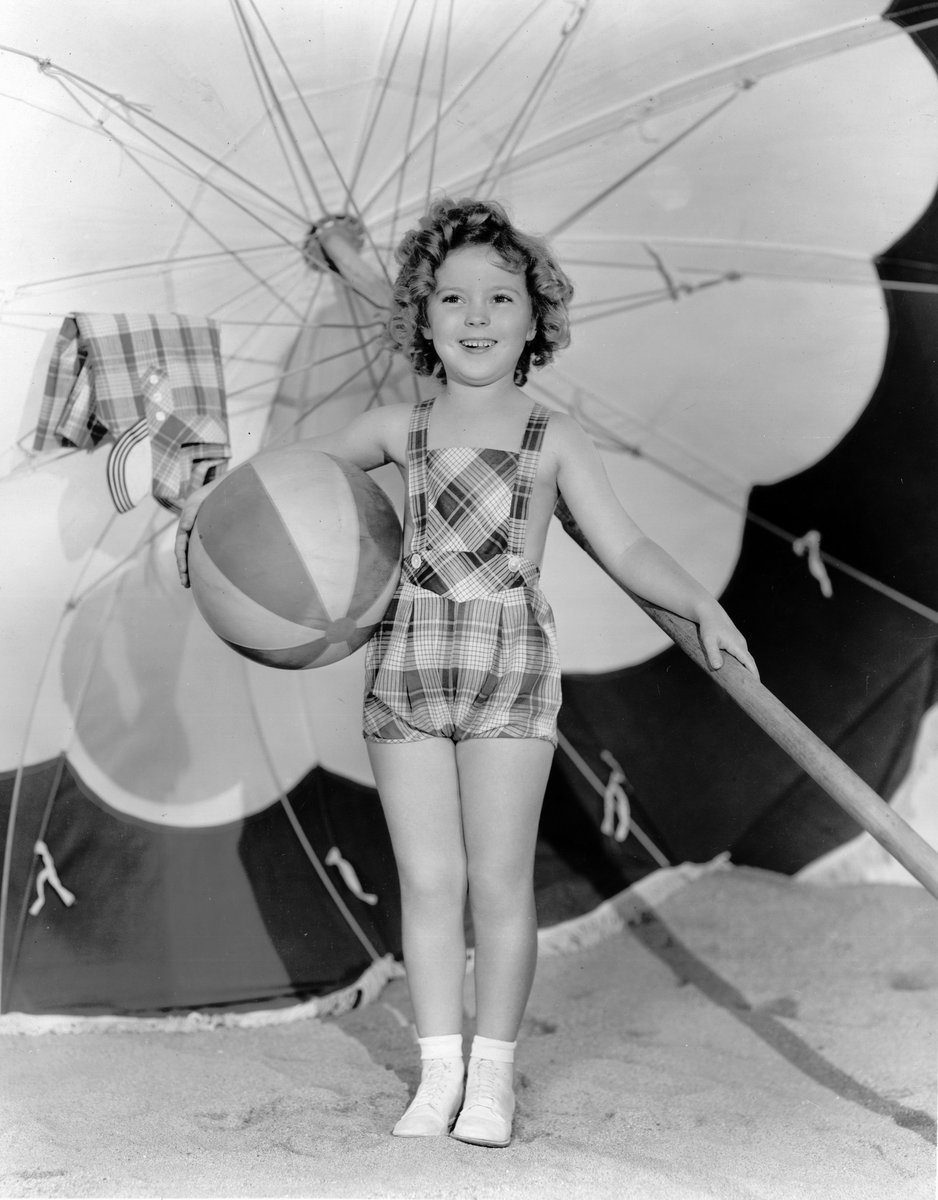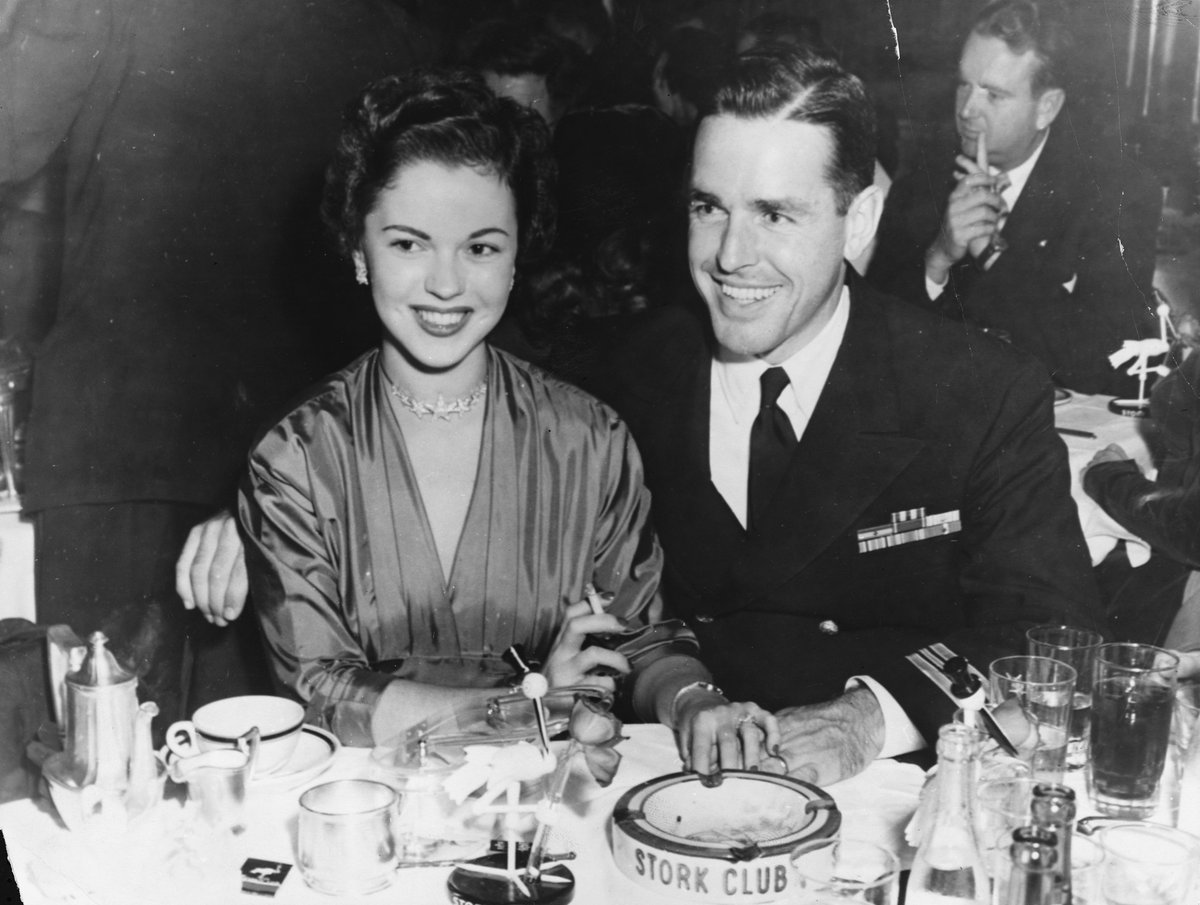
When you think of Shirley Temple, you think of a cherubic toddler with chubby cheeks and blonde ringlets.
You think of a child star, who rose to fame early, and had the kind of glitzy childhood full of film sets and movie premieres that other kids could only dream of.
But Temple's reality was far darker than that.
In 1932, when she was just three years old, Temple was scouted by Charles Lamont, a casting director for the now defunct studio, Educational Pictures. In the following years, the studio made a series of eight shorts called Baby Burlesks, in which Temple starred alongside other toddlers in nappies, satirising Hollywood movies and current affairs. She later recalled Lamont saying on set, "This isn’t playtime, kids, it’s work."
 Image: Getty.
Image: Getty.


Top Comments